5 Ab Exercises You Can Do in the Office
Posted by Editor in Health Watch on May 15th, 2017 | 0 comments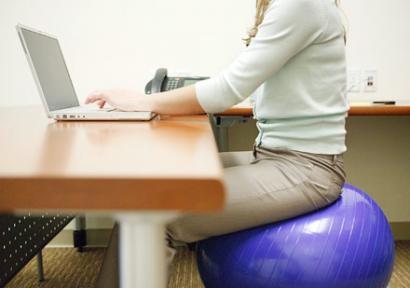
Who says you are too busy to exercise when you can do it at work? Yes, you can actually work those muscles in the comfort of your office. All you need is your office chair and you’re on your way to shedding those fats away. But just like any fitness routines, you need to warm yourself up and observe stretching beforehand. So, get ready to grab those chairs and office mates:
1. Sit-ups
Place your hands, while observing shoulder width distance on the seat of the chair and step back with both feet similar to a plank position. Engage your core as you lift your hips up and down lightly. Sit ups help you strengthen and tighten your core while building abdominal muscles. Do this routine with the aid of your chair at least 10 reps for 3 sets.
2. Knee Lifts
Sit on the chair’s edge and place your hands on the side, bend your knees and slightly lean back. Pull your knees in the direction of your chest and crunch using your abs. As your legs are lifted up, slowly lower your feet, making sure they’re not touching the floor and repeat the routine at least 10 times. Make this exercise slow yet controlled, and remember to observe proper breathing during execution.

3. Pull Ups
Before you do this exercise, make sure your office chair has no wheels otherwise, it’s not advisable to do this. Start your position by placing your hands on the armrest of the chair and slowly lift yourself up. Remember to engage your core, draw strength from your abs to pull your lower body. Hold this position for two seconds or as long as you can then go back to sitting form.
4. Oblique Crunch
Sit up straight on the chair with feet planted on the ground. Place your hands at the back of your head and lift your one knee, near chest-level and simultaneously twist your torso while moving your elbow close to the lifted knee. Do the same on the other side. Continue the routine back and forth, repeating at least 10 times.
5. Side Bends
This exercise also works on your oblique. Sit up straight and extend one arm up straight above your head as you bend to the opposite side. Allow your other arm hang on your side while holding this position. Slowly move back to the starting post and repeat on the other side. If you want to add challenge, you can hold a bottle of water in your hand.
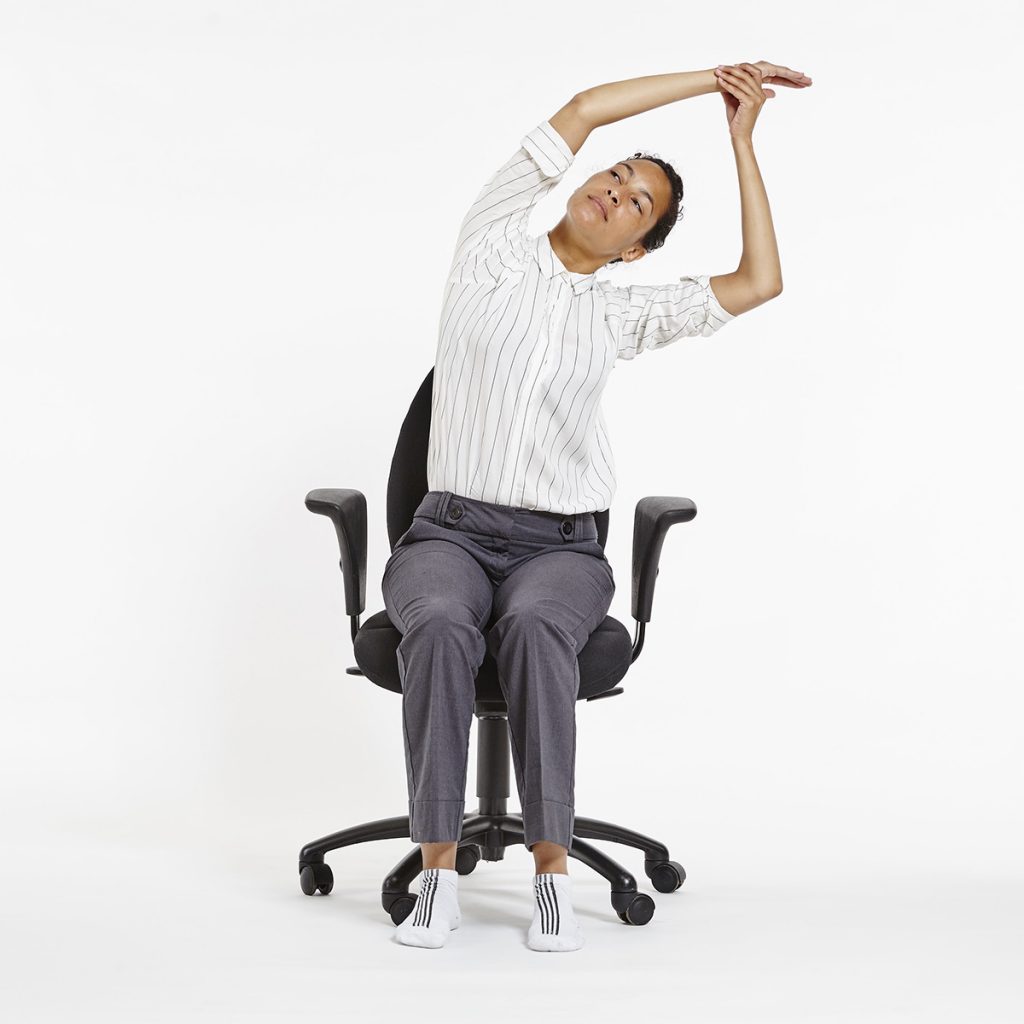
Are Moles Really Harmless?
Posted by Editor in Health Watch on May 11th, 2017 | 0 commentsMoles are common and mostly harmless. Moles that appear during adulthood are also normal. But what if a mole starts to change?
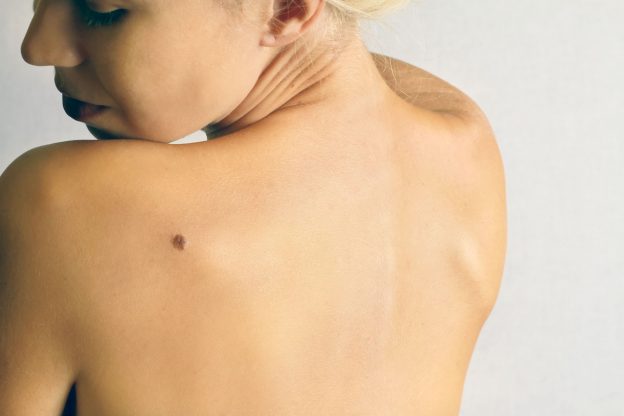
What are moles?
Moles, also called nevi (plural), are one of several harmless skin lesions that can appear on the body. These are often brown, slightly raised spots on the skin. They can also be flat, round, and colored differently. Some have hair and can change in appearance over time.
Why do they appear?
Moles appear because some cells called melanocytes in the skin grow in a cluster. Melanocytes are responsible for our skin color. They appear on different parts of the body including the scalp and under the nails. A common mole is usually 5 mm in diameter.
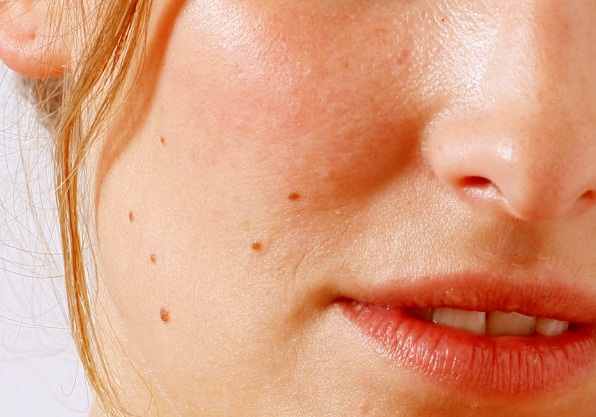
What are the types of moles?
1. Atypical or dysplastic mole is slightly larger than regular moles. It has a different shape and often has more than one color. It can be mistaken for melanoma, so you will need to consult a dermatologist.
2. Spitz mole also looks like melanoma. They are usually raised, domed and pink in color. They often appear during childhood and adolescence.
3. Congenital mole is a mole that is already present when a baby is born.
4. Acquired mole appears later after birth and is at risk of developing into melanoma.
Moles are also classified by location:
1. Junctional melanocytic mole are raised and dark.
2. Intradermal mole has a color that blends with the skin.
3. Compound mole exhibits both qualities.
4. The halo mole has a ring of skin around it.
Can moles be removed?
Moles that are normal do not need to be removed. But if it’s bothersome for the person, it can be removed either through surgical shave or excision. Cancerous moles should be examined through biopsy.
What if they change?
Moles can be examined visually for changes. It is normal for moles to change over a long period of time, but you should watch out for the following signs:
1. Assymetry – half of the mole is different from the other half.
2. Border – the borders are not defined and are irregular in shape.
3. Color – the mole has different, uneven colors.
4. Diameter – typical moles should not be wider than 6 mm in diameter.
5. Evolution – a mole looks different from the rest in terms of color, size and shape.
What is melanoma?
Melanoma is one type of skin cancer and commonly manifests as moles on the chest and back. Cancer begins in the melanocytes and can spread to the tissues if not treated early. You should go to a doctor if you see any changes like those five listed above or if the mole has lesions, bleeding and is lumpy, scaly or itchy. Melanoma can be treated using surgery, chemotherapy, radiation, immunotherapy and targeted therapy.
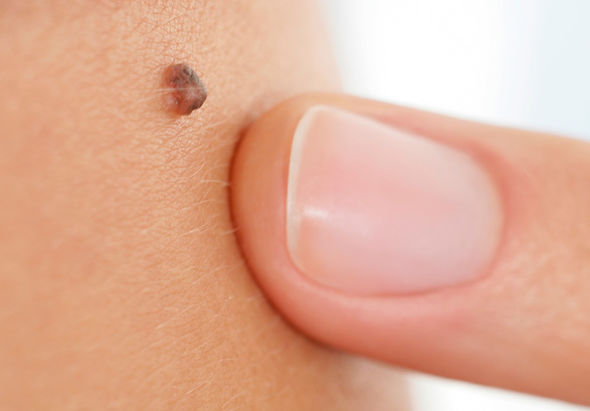
How to Aid a Choking Person
Posted by Editor in Health Watch on Apr 2nd, 2017 | 0 comments
The chances of you rescuing a choking person are minimal but in case it happens, you should know what to do. Choking is very serious and dangerous. If ignored, it can cost life. The universal sigh of choking is hands clasped to the throat. That should be an enough indicator for you to help the person. However, there are times that the person won’t give any signal.
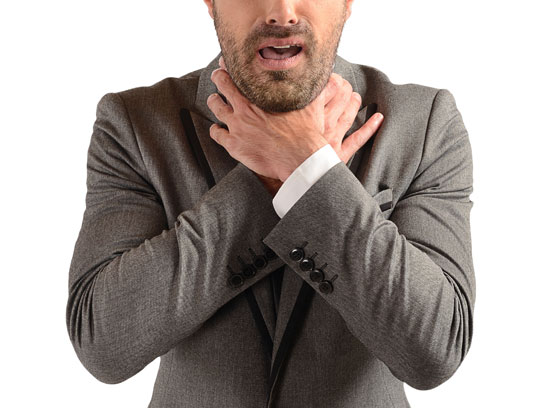
If the person is not giving any signal but you see him/her struggling, you have to look for other indicators of choking like inability to talk, noisy or difficulty in breathing, loss of consciousness and lips are turning blue. Now that you know that indicator of choking, you have to apply whatever you learned during your first aid sessions. Just a refresher, you should perform the abdominal thrusts or also called the Heimlich maneuver. How to do this?
- Stand behind: You have to perform this immediately. Stand behind the victim and put your arms around his/her waist. The person should be slightly slanted forward.
- Make fist: Since your hands are wrapped around the victim, your one hand should form like a fist. Put the fist just above the navel of the victim.
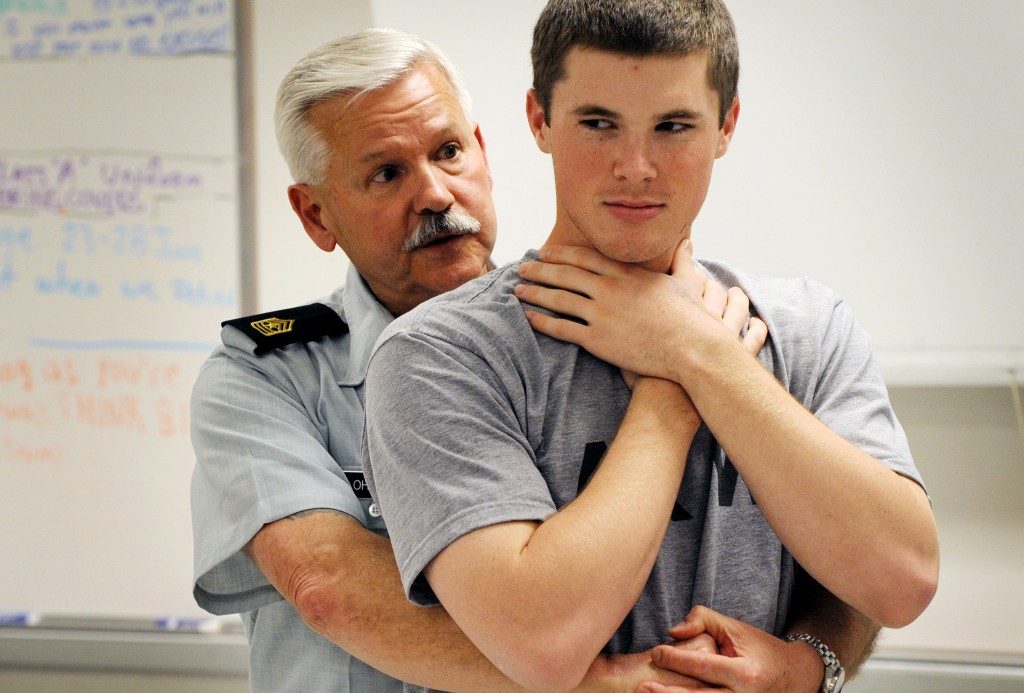
- Grip the other hand: While the other hand is making a fist, the other should grip it. After gripping the fist, press it had into the victim’s abdomen and with a fast upward thrust. Just imagine that you are trying to lift a person.
- Perform five: The upward thrust should be enough to get whatever is dislodged but if there is a need, you should perform total of five thrusts.
If you are the only person in the room with the victim, perform the thrust first before calling the emergency number. If you have other companion, let him/her make the call while you are trying to rescue the choking victim.
If you are trained enough, you might want to apply the “five and five” approach. The approach includes giving five back blows, five abdominal thrusts and alternate until you have dislodged whatever is blocking. What if the victim becomes unconscious? This is more serious. If you are trained in standard CPR and chest compressions together with rescue breaths, you have to do it right away. You might save his/her life.
It is always best to be careful of the things you put into your mouth. Dislodging it might risk your life and that can be a traumatic experience. Here in Singapore, you can join first aid trainings just to make sure that you know what to do in an event of choking and other accidents.
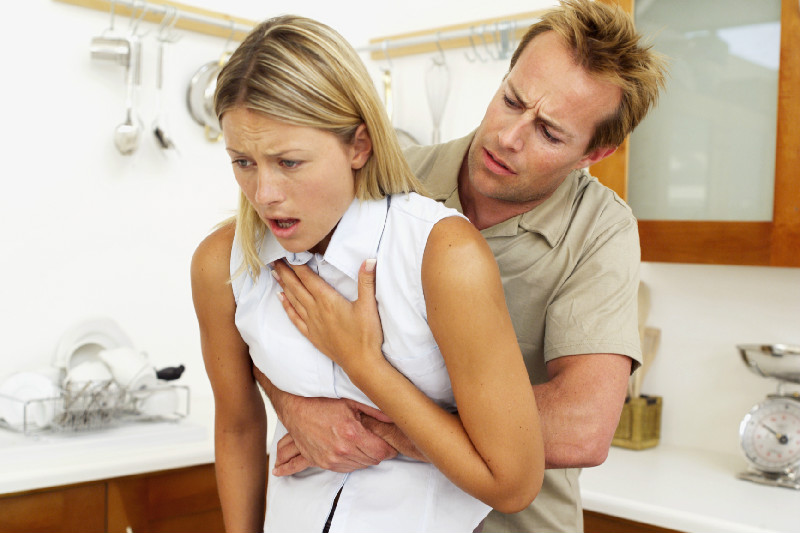
First Aid Treatment for First Degree Burns
Posted by Editor in Health Watch on Mar 30th, 2017 | 0 comments
You want your kid to be safe but sometimes there are things that can hurt him/her. The most common household injury here in Singapore is burns. Burns does not only refer to the burning sensation but also severe skin damage. The good news is that most victims recover from it without serious health complications but of course this depends on the degree or cause of the injury.
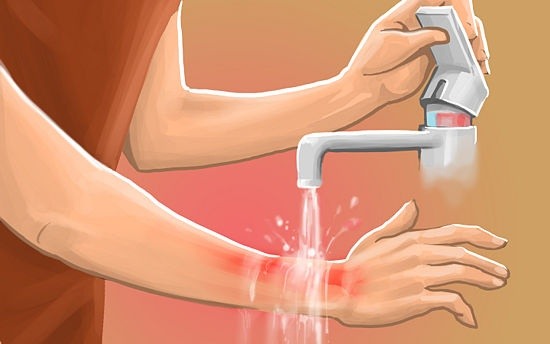
You have to know that there are 3 types of burns – first, second and third degree. Each degree depends on its severity. First degree is the most minor while the third degree is the most serious or severe. First degree burns are characterized by nonblistered but red skin. Second degree burns on the other hand is characterized by thickening of the skin with blisters. Lastly, the third degree burn is characterized by extensive thickness.
For kids, the most common cause of burn is scalding from boiling liquids and flames from lighters, candles and matches. In case of first degree burn, it is important that you know what to do. But before anything else, you have to know its signs. Signs include redness, swelling or inflammation and pain. It affects the top layer so the signs will disappear after the shedding of skin cells usually from 7 to 10 days.
Treatment of the first degree burn includes:
- Soaking: It is imperative that you soak the wound right away in cool water. It should be five minutes but preferably longer.
- Take medications: If you have pain relief at home, you have to give it. This is to ease the discomfort of the kid while you attend to his/her burns.

- Apply anaesthetic: You have to settle the kid before apply anaesthetic to the burn. You can consider lidocaine and partner it with aloe vera gel. This is to relax the skin.
- Use ointment: If you have an antibiotic ointment, make sure to apply it unto the skin plus put loose gauze as it can shield the affected area.
It is crucial that you keep a first aid kit for burns. You do not want to be unprepared for your little one. Be careful not to use cotton balls because the fibres will stick to the burn thereby increasing the risk of developing infection.
If you notice that the burn affects more than three inches of your body, you have to seek the doctor right away. Be wary if it affects major joins like knee, ankle, spine, foot, shoulder, forearm and elbow.
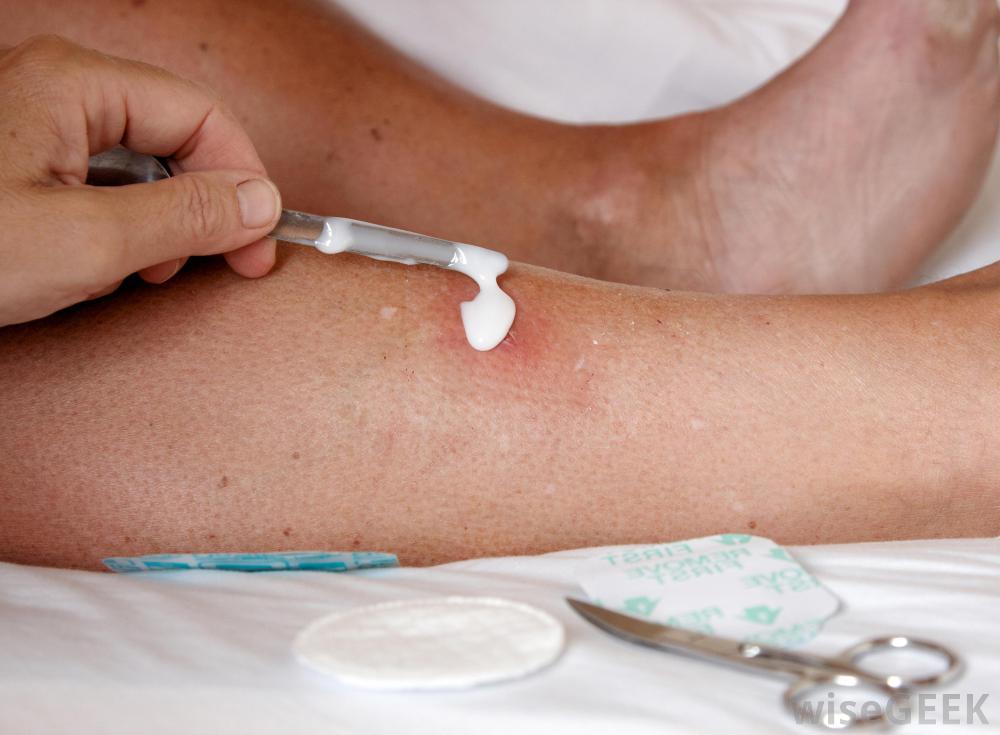
Nat Geo Traveller’s Cool List for 2017: British Edition
Posted by Editor in Travel Aesthetics on Mar 11th, 2017 | 0 comments
Wonder where you will go this 2017? The world outside Singapore is a vast place. Pointing out where to go next may be challenging but it is surely worth it at the end of the day. You can start with the 2017 National Geographic Travel US edition for the must-visit destinations. National Geographic suggests Banff (Canada), Cloud Forests (Ecuador), Seoul (South Korea) and Moscow (Russia).

Just recently, National Geographic Traveller British edition released its must-visit destinations for 2017. The top pick is Donegal. Donegal is a town in Ireland. It became famous because it was the setting of the upcoming movie “Star Wars: Episode VII”. The next is Santiago (Chile), Helsinki (Finland), Greenland and Peru. Apart from these places, what else?
- Aarhus: Aarhus is a city in Denmark. It is actually the second largest city in Denmark and home to many tourist attractions. Tourists are enticed because of the city’s broad shopping facilities. The city boasts of different infrastructure like Gothic, Romanesque, Renaissance, Baroque, Neoclassical and many more.
- Canada: Canada is the fourth largest country in terms of land area and it borders with United States. Unlike its neighbouring country, Canada is sporadically populated and most of its territory is dominated by tundra, forest and Rocky Mountains. Capital of Canada is Ottawa but the largest city is Toronto. Famous spots include Rocky Mountains, Banff National Park and Canadian Rockies.
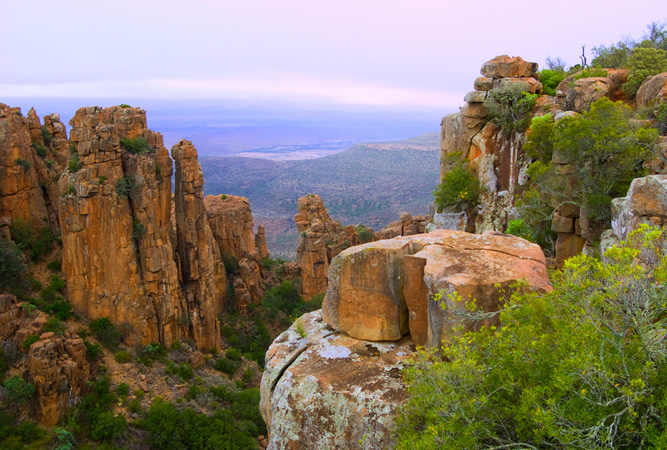
- Portland: Portland is the largest city of Oregon. Many people are considering this city because of different activities like tax free tours and shopping not to mention parks, sports and nightlife. Different attractions include Oregon Museum of Science, Washington Park, Oregon Zoo, Portland Japanese Garden, Pittock Mansion, Lan Su Chinese Garden and many more.
- India: India is actually the seventh largest country in terms of area and the second most populous. India has a rich culture and tradition that started from the Indus Civilization. There are many spots that you can visit starting with the Taj Mahal, Ganges, Amer Fort, Humayun’s Tomb, Harmandir Sahib, Qutb Minar, City Palace, Mehrangarh Fort, Brihadeeswarar Temple and many more.
- South Africa: South Africa is all about diversity and sharing of cuisines, traditions and languages. Top destinations include Kruger National Park, Table Mountain, Robben Island, Victoria and Alfred Waterfront, Apartheir Museum, Tsitsikamma National Park, Blyde River Canyon, Table Mountain National Park, Lion’s Head, Cape of Good Hope and many more.
The nearest place from Singapore is India so if you do not have enough money to travel to Canada, South Africa or United States, it is a good place to start.

Your Next Travel Destination Based on Pantone’s Color Of The Year
Posted by Editor in Travel Aesthetics on Mar 6th, 2017 | 0 comments
It is the year of the Rooster. The Rooster is 10th in the famous Chinese zodiac. Lucky colors are said to be gold, brown and yellow. However, color experts see that the trend for 2017 is neither gold nor yellow. According to Pantone Color Institute, the color for 2017 will be greenery. Greenery is symbolic as it means new beginnings or fresh start. It is a revitalizing and refreshing shade.

Green is also an emblem of personal pursuit for vitality and passion. With this in mind, you have to visit places where it is abundant. There are many travel destinations outside Singapore where greenery is abundant. Here is the list:
- Charleston: Charleston is in South Carolina, United States. It is actually named as the Best City in the World. If greenery is what you seek, you have to see the Spanish moss on the southern part of the state.
- New Zealand: New Zealand is famous for its rolling green hills. It is time that you actually see it for yourself. Visit the Westland Tai Poutini National Park.
- Iceland: When you hear Iceland, the first thing that comes to your mind is iceberg and the cold but you have to give the place chance to prove itself. Iceland has in fact many landscapes and yes, greenery lies. However you have to check which time of the year is best to witness their lush.
- Costa Rica: Costa Rica is famous for its diversity. It offers natural charm and beauty that offers tons of activities for nature lovers as well as adventure lovers.
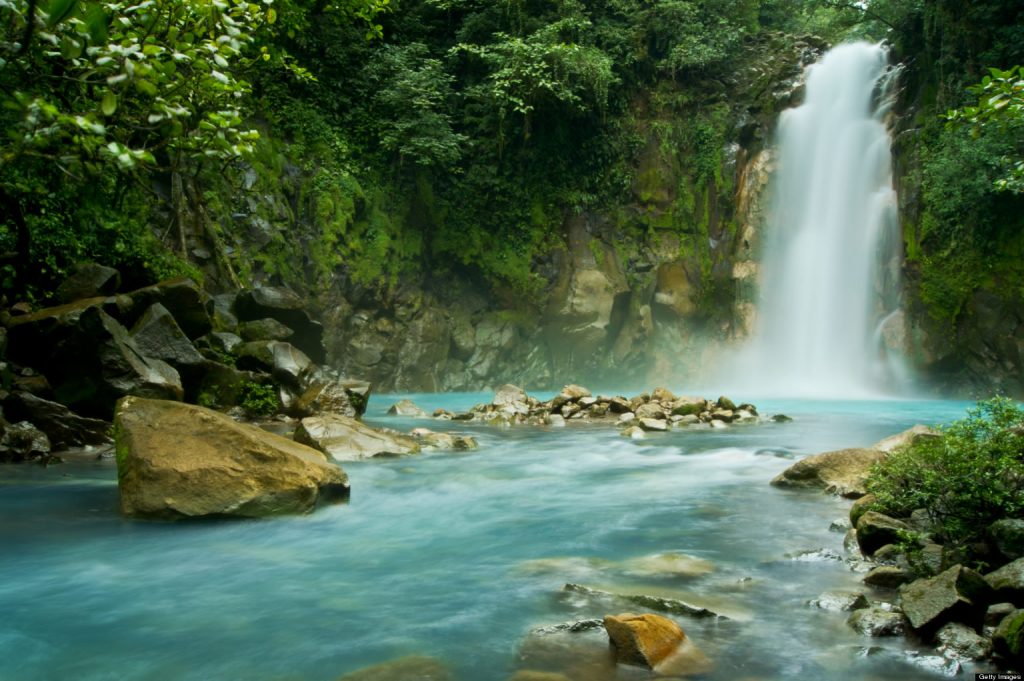
- Portland: Portland is a city in the state of Oregon. If you visit United States, Portland should never be missed because of its remarkable waterfall surrounded by shades of green. The Silver Falls State Park is just less than two hour drive from the city proper.
- Palau: Micronesia is becoming famous because of its diversity. Come to Nikko Bay and then be amazed with greens together with some blues.
- Mongolia: Mongolia is nearer than other places mentioned here. In Mongolia, you will be treated with the vastness of grasslands. Make sure to visit during summer as the land is full of lush.
- Bali: Bali is famous for its pristine beaches but it does not stop there. Bali is in fact home to The Sacred Monkey Forest. It is a nature reserve plus a Hindu temple complex. Many people visit the forest for pilgrimage and worship.
- Peru: Peru is undoubtedly filled with lush greenery. You can visit the Machu Picchu plus the Man National Park.


